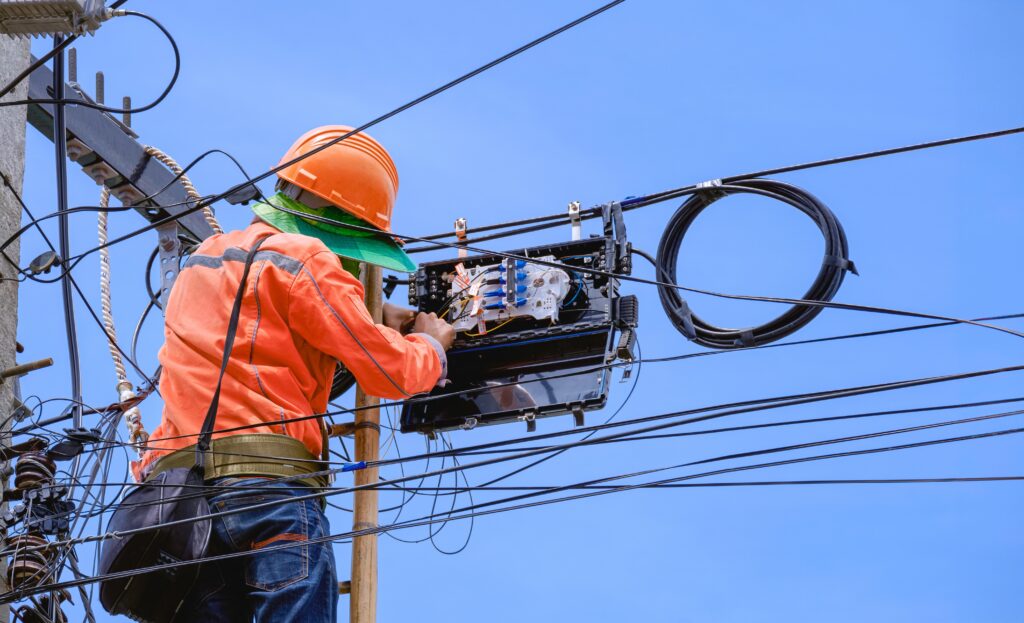The cable industry is one of innovation, creativity, and impact – a significant contributor to the national economy and America’s workforce, providing essential infrastructure for the millions of consumers that use broadband to stay connected and TV to be informed and entertained. The employees who make this dynamic industry churn day in and day out can be found in nearly every community in both urban and rural areas. It’s a diverse workforce of all skill levels and backgrounds.
Those jobs run the gamut from call center professionals to engineers and employ Americans of all experiences. The workforce of cable operators has grown significantly over the past two decades, adding jobs that have strong ties to communities, with employees that connect neighbors to vital services like they have during the ongoing COVID-19 pandemic.
As broadband has developed and spread across the country, so has the industry. Cable operators alone have been powerful economic forces for advancement. In 2020, the cable operator industry (directly and indirectly) accounted for more than 2.3 million U.S. jobs representing more than $118 billion in personal income.
Beyond direct employment, the cable industry supports hundreds of thousands of other jobs by creating a strong market for things like new technologies or administrative services. Much of cable’s expenditures go toward the purchase of subscriber equipment – including digital set-top boxes, cable modems, and network interface units – and “network” products including fiber optic and coaxial cable, head-end equipment, and node electronics. That’s how the industry was able to support hundreds of thousands of jobs in the manufacturing, construction, administrative, and retail sectors.
As the industry looks to the future with initiatives like 10G, the work required to build and maintain these next-generation networks will employ untold numbers of Americans. Cable’s investment has impacts far beyond a single sector of society and continues to be a positive contributor to America’s economy.







